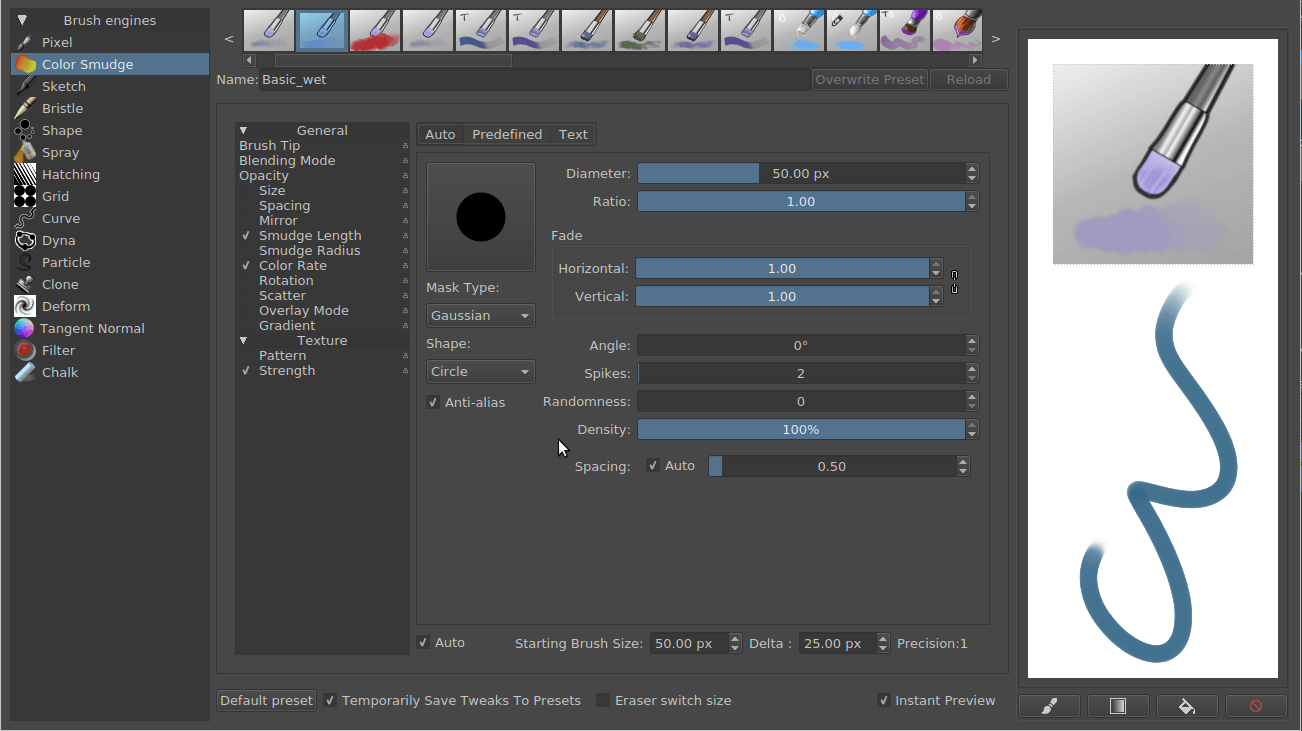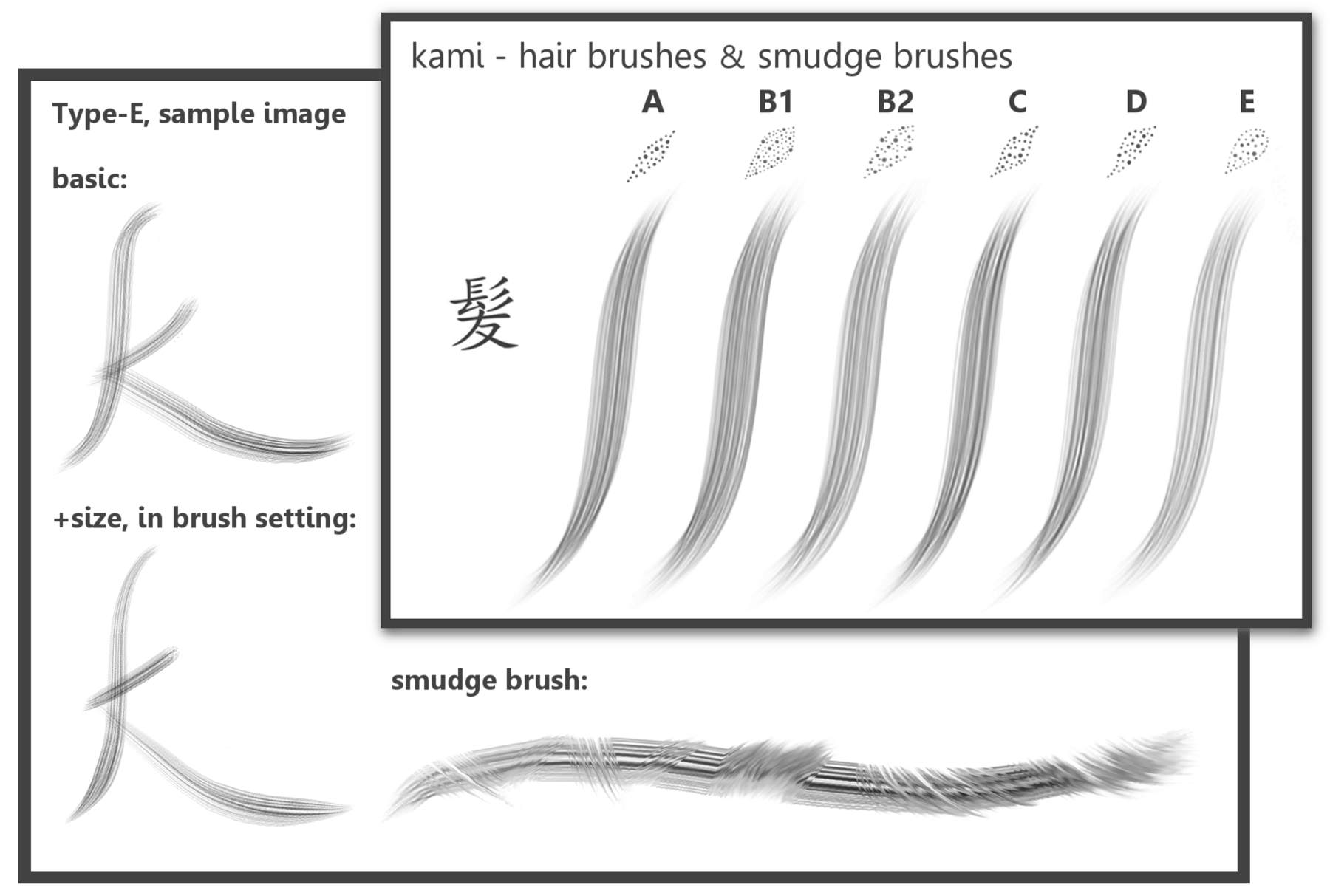
Having a developer friendly architecture helped in both cases. The reason, most likely, is that in the days of MSDOS AutoDesk had to write hardware drivers themselves or convince third party hardware vendors write them.

Events on the graphic display were mapped back to the API, i.e.

These tools formed the API and the user interacted directly with it in the form of commands. Like Unix, it was built on a set of single purpose tools. It was built with the ability to run in batch mode. It was built with the ability to run headless. (Note, that "one thing" might well be "runs on mobile" versus any task-centric domain.)ĪutoCad began with the architectural premise that user interaction would be primarily via a terminal. I still doubt that we'd get a total Photoshop "replacement", per se. If there's to be a significant competitor to traditional Photoshop, my bet would be on one of these "worse than Photoshop, but better at one thing" apps that met with initial success and eventually grew to displace Photoshop from a larger arena.

Mischief is a good example of this category of Photoshop competitor. Depending on the tool, they often don't even try to displace Photoshop from the workflow, just add on to it. They don't try to be better than Photoshop at everything, just better at one niche. That said, the best competing apps I've seen out there are really domain specialist apps. And that's not to mention the entire ecosystem of Photoshop plugins.

It has a lot of UI features that allow for powerful, efficient workflows (actions, heavily customizable GUI and shortcuts, even scripting, etc.) beyond its core image creation and manipulation functions. It represents a large investment of domain knowledge that's quite hard to replicate. But I'm also a little amazed that there still isn't a good Photoshop replacement.Īs others have noted, Photoshop is vast.


 0 kommentar(er)
0 kommentar(er)
